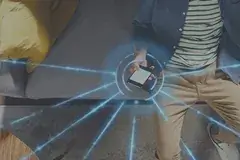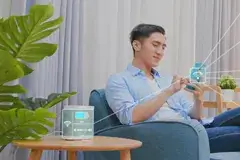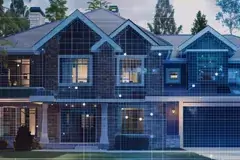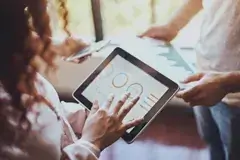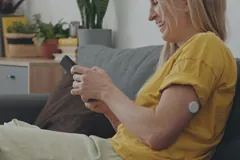![]() Leveraging extensive experience with Internet of Things product design and development, Cardinal Peak empowers clients with the ability to quickly bring products to market that seamlessly integrate devices, mobile applications and cloud systems. By their nature, IoT product development is complex and requires detailed knowledge of communications protocols, security standards, data collection, AI/ML and analytics.
Leveraging extensive experience with Internet of Things product design and development, Cardinal Peak empowers clients with the ability to quickly bring products to market that seamlessly integrate devices, mobile applications and cloud systems. By their nature, IoT product development is complex and requires detailed knowledge of communications protocols, security standards, data collection, AI/ML and analytics.
With many IoT applications being high volume, designing to minimize both the device bill of materials and the long-term cloud costs is crucial. Our team understands those requirements and possesses the skills and experience necessary to develop state-of-the-art connected devices for today’s networked ecosystems.
Cardinal Peak’s IoT Product Design Services
With over 2,000 dedicated IoT specialized resources and another 900 AI/ML experts, Cardinal Peak accelerates your IoT product journey. Our end-to-end design services coupled with our managed services and sustaining engineering provide you with complete IoT product life cycle support. As a leading electronic and digital product engineering firm, Cardinal Peak leverages deep experience in hardware, embedded software, cloud, end-user applications, such as mobile, and quality assurance to develop connected IoT products in multiple markets, including audio, automotive, video, security and healthcare.
Product Ideation
Developing differentiated products that disrupt markets
IoT Engineering
Designing products that integrate with mobile applications and cloud systems
Voice
Experts at embedding voice processing capabilities in connected devices
Quality Assurance
From black box testing to test automation and manufacturing support
Managed Services
IoT fleet management, network management, and tier 2 support
Sustaining Engineering
Cost effective sustaining engineering to keep your IoT products current and operating as underlying services change
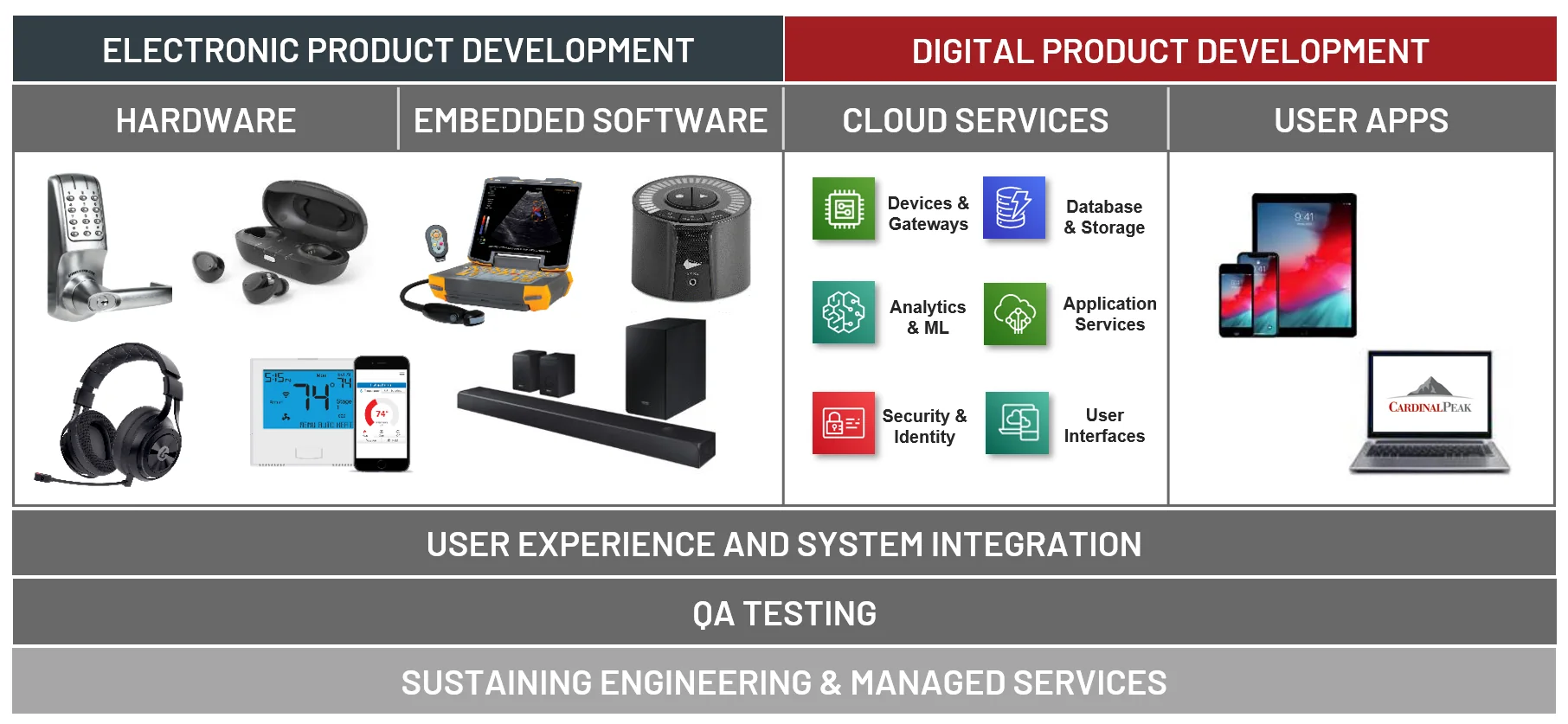
IoT Product Development Case Studies
As a top IoT product design company, Cardinal Peak supports innovative Internet of Things product development, from devices, connectivity and the cloud to edge AI/ML and mobile apps, including the projects below.
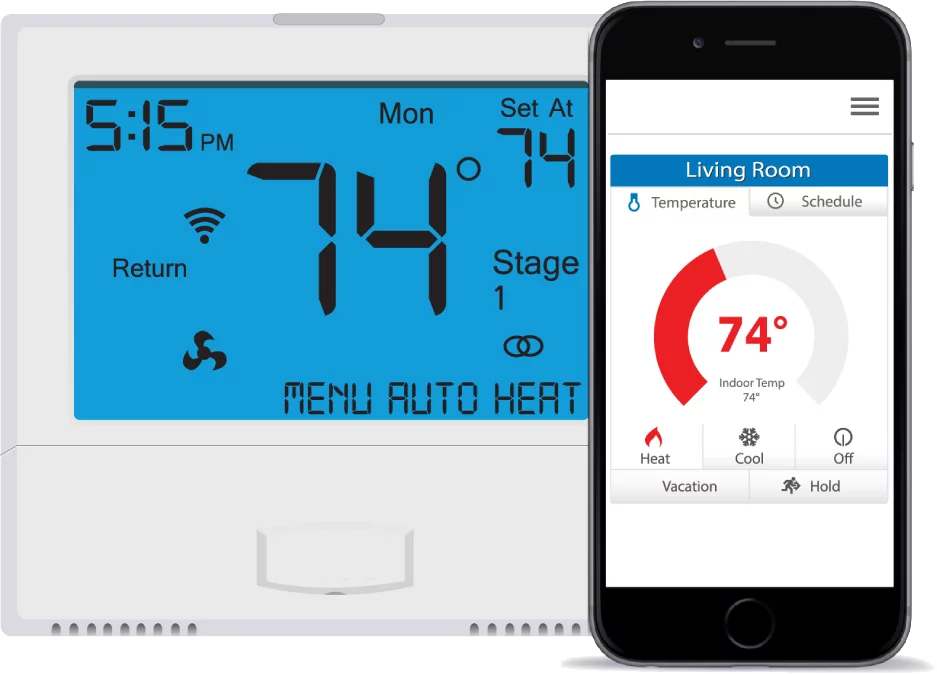
Our IoT Product Designs
Excelling in Internet of Things product design for almost two decades, we get it. On this page, our experts discuss some products we’ve designed and answer IoT product design FAQs to help you chart your product’s development.
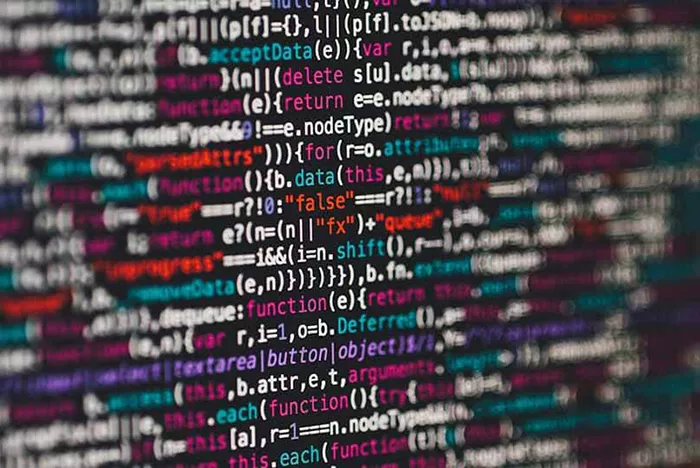
Updating Legacy IoT Software for Growth
An often-overlooked IoT product development service is the ability to support anticipated platform growth. This case study delves into how we saved some older code bases for faster IoT product development in the future.
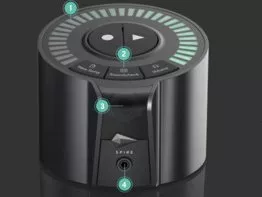
Designing an IoT Portable Recording Studio
A favorite project of ours involved the development of a cutting-edge recording system where technology didn’t get in the way of a creative moment. Learn why iZotope leveraged our IoT product development services to build Spire Studio.
Excelling in Internet of Things product design for almost two decades, we get it. On this page, our experts discuss some products we’ve designed and answer IoT product design FAQs to help you chart your product’s development.
An often-overlooked IoT product development service is the ability to support anticipated platform growth. This case study delves into how we saved some older code bases for faster IoT product development in the future.
A favorite project of ours involved the development of a cutting-edge recording system where technology didn’t get in the way of a creative moment. Learn why iZotope leveraged our IoT product development services to build Spire Studio.
IoT Product Development Resources
Looking for more information on IoT product development and design? The following webpages provide additional information as you chart your IoT development path.
Internet of Things Product Development Process
Many companies offering IoT product development services just deliver product designs, but Cardinal Peak can help you architect your total solution from end to end, bringing fully tested, market-ready products to life. As a leading IoT product engineering company, we provide you with insight into and control over the entire process so that you can drive innovation. Our process ensures immediate and future objectives remain in focus throughout the project’s duration and provides access to our online project management and reporting tools to ensure effective execution and the highest-quality IoT product development service.
IoT Product Design and Development Process
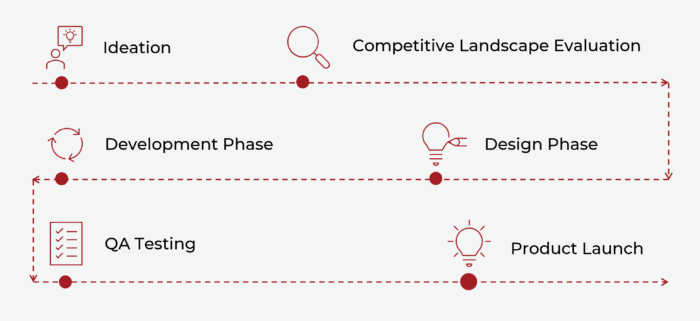
1. Ideation
The IoT product design and development process starts with ideation. Whether documenting technical specifications or defining product requirements, this initial stage helps determine whether your idea is worth pursuing.
During this step, you’ll make important decisions about which technologies to use and ecosystems to support. Coming to these conclusions typically involves the consideration of technical reasons based on the use cases; sales reasons based on total available market; compatibility reasons; and costs (both nonrecurring engineering and operational costs, including BOM and cloud).
2. Competitive Landscape Evaluation
Another critical element of the early stages of Internet of Things product design and development is a careful evaluation of the competitive marketplace. The competitive landscape is important as other players can be viewed as competition or partners.
For example, if you are designing a smart home product, you could view Amazon Alexa as an important partner that provides key features for your product (voice control and an app) without the need to pay the NRE costs. On the flip side, your brand will be hidden behind Amazon’s brand as the customer interacts with Alexa, not your branded app.
3. IoT Product Design
After finalizing the concept for your product, the next step is creating a conceptual Internet of Things product design, model or rendering to help bring your idea to life. Part of this process entails researching, strategizing and planning the design to leverage existing technologies while differentiating your product. While we expect that you will be the experts on what use cases and price points are most compelling for your users, we can provide feedback on the development and operational costs of different technology choices.
Continuing with the above example, you might choose to fight brand erosion by establishing other communications channels — such as emails that provide insights from usage data or educational content about how to use more advanced and differentiating features — with the users utilizing your smart home product. If you’re interested in the design of connected devices — the “things” that make up the IoT — visit our Connected Device Development webpage.
4. Internet of Things Product Development
With an overall architecture in place, we begin the development process. This essential stage involves assembling the hardware and software components according to engineering designs, models or renderings. During this stage of the process, you will have access to incremental builds so that your stakeholders can evaluate if the system is meeting customer needs or whether some tweaks are needed. At Cardinal Peak, we typically develop products using two-week sprints. For more on what to expect when working with Cardinal Peak, check out our blog post on the process of executing a product development project.
Utilizing an IoT platform-as-a-service provider can save development costs, shorten your time to market and help with DevOps after launch, but it’s vital to determine if you can realize your long-term vision within the confines of a one-size-fits-all platform. We have worked with several of these platforms and can assist in your decision-making process.
5. QA Testing
Before a connected product can be launched to market, testers need to ensure there are no bugs and that it works. Throughout the IoT product development process, our QA team will be testing each feature as it is released. Once the product is feature complete, our QA team supports you by running your “friends and family” testing and beta testing.
6. Launch
After the product design has been optimized and refined — and your product is built — it’s now time to package it and launch it to market!
Generally, you launch your minimum viable product and have planned enhancements over the next six months. Following your product’s launch, issues from the field are collected, prioritized and addressed as part of the next update cycle. At Cardinal Peak, we can continue to support your team with ongoing DevOps if you do not have that skill in-house.
IoT Design and Development FAQs
Which are the Important Stages in IoT Product Development?
The first stage of Internet of Things product design and development is ideation, where the core value propositions are explored. For IoT products, you generally have multiple user interfaces, including a mobile app for end users, internal web portals for engineering and manufacturing teams, and often physical controls on devices. The UX design team takes the high-level vision and creates wireframes, mockups and eventually the user interfaces. The IoT engineering team turns the vision into a producible product. Working in parallel to the engineering team, the QA team tests the end-to-end product, initially ensuring it matches the design intent before eventually managing alpha (“friends and family”) and beta (limited customer) testing. After product release, marketing reviews customer feedback to understand what features resonate with customers and whether any functionality needs to be added, enhanced, refined or eliminated. For IoT systems, these updates to the product are regularly released via the software update process.
What is IoT Application Development?
IoT application development can refer to:
- the embedded software on the device,
- the cloud application for managing devices and users or
- the end-user application (generally on a smartphone).
These M2M (machine-to-machine) apps exchange data without having a person involved. IoT uses vary from smart home (controls of locks, thermostat, lights and other appliances) to industrial IoT applications in warehouses and manufacturing facilities to smart cities and more.
How Do I Create an IoT Product?
Many tools and resources are available to speed Internet of Things product design and development. For prototypes, you can select from a large variety of dev kits to find one that already implements the features you are most interested in demonstrating. This is a fast path to demonstrate your value proposition, but it is neither cost-effective for volume production nor robust enough to be a product. Depending on your volume and the specific manufacturer, you can slightly customize the solution. For more unique products, you will need an IoT product engineering company. Depending on your anticipated sales volume, your design team may choose to leverage reference designs, IoT platforms or other existing components to get the right balance between NRE for design and final manufactured costs. For a high-volume product, it is worth spending more on Internet of Things product design to minimize the BOM (bill of materials).
IoT Product Design Related Articles
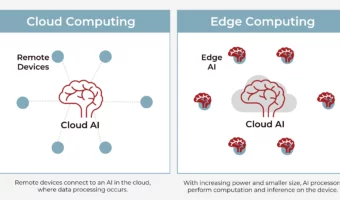
At the Edge Vs. In the Cloud: Artificial Intelligence and Machine Learning
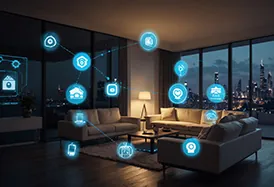
Overcoming IoT Product Design Challenges: Insights from Expert Engineers
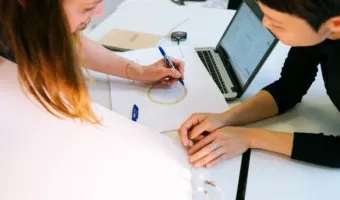
Embedded Engineering and IoT Expertise to Boost Your Career
Do you want to work in Internet of Things product design and development? This blog post highlights the Internet of Things product development expertise necessary to begin, how to gain those skills, and the most exciting and challenging parts of the job.
Do you want to work in Internet of Things product design and development? This blog post highlights the Internet of Things product development expertise necessary to begin, how to gain those skills, and the most exciting and challenging parts of the job.
Read Our Guide to End-to-End IoT Product Design
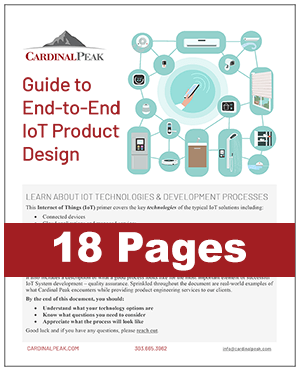 Download our whitepaper on end-to-end IoT product design to understand options and questions to consider for your connected device development. Learn about the IoT development process, typical IoT technologies, cloud services that can support your device, how to plan your mobile app development, security considerations, and more.
Download our whitepaper on end-to-end IoT product design to understand options and questions to consider for your connected device development. Learn about the IoT development process, typical IoT technologies, cloud services that can support your device, how to plan your mobile app development, security considerations, and more.
See more information on our Guide to End-to-End IoT Product Design.

